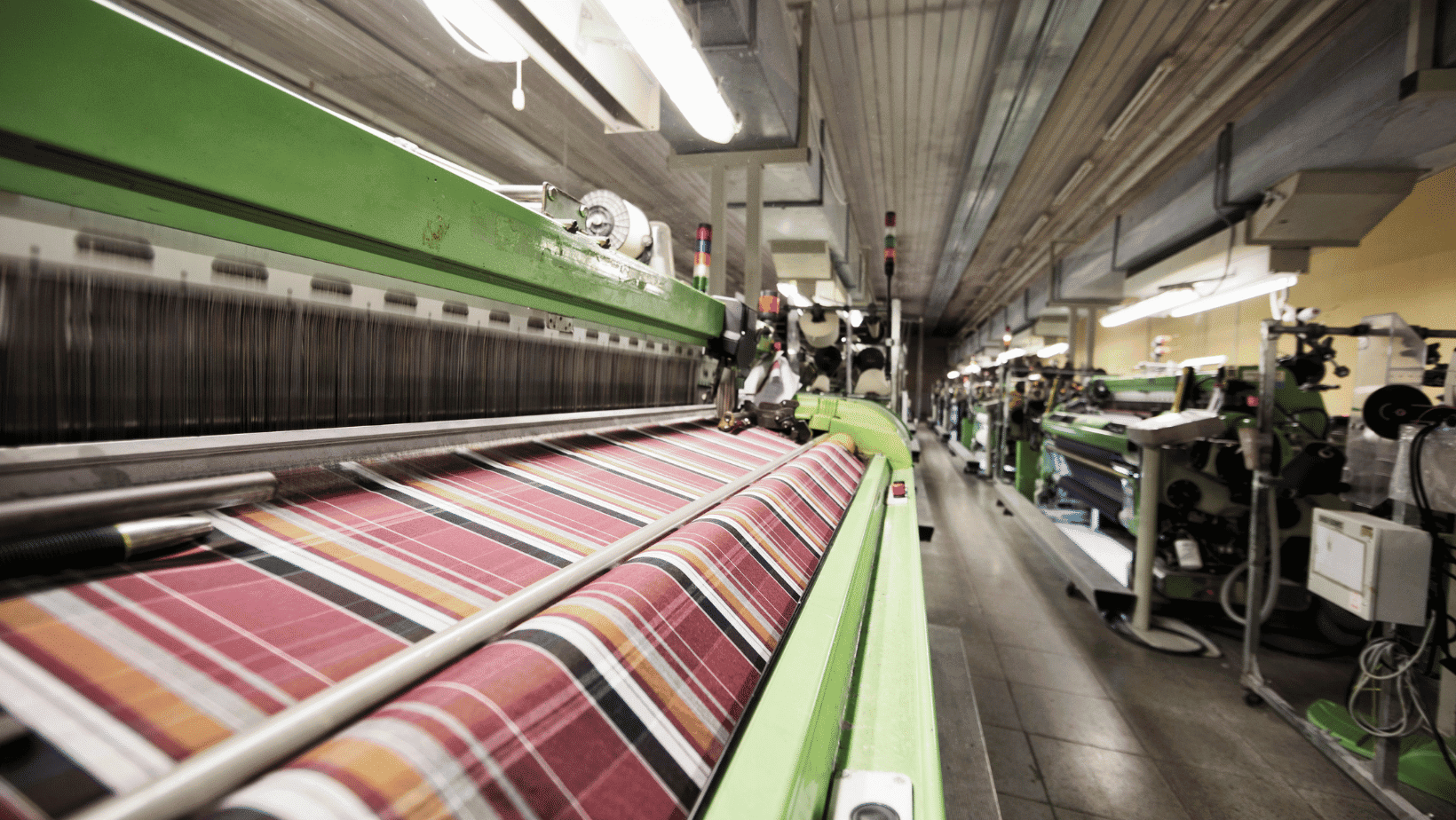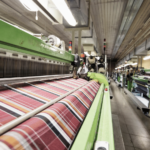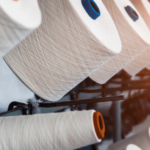Welcome to the fascinating world of textile manufacturing! In this article, we will delve into the secrets of a thriving textile factory. From the rich history of textile production to the modern techniques and sustainable practices employed today, we will explore the various aspects that contribute to the success of a textile factory.
The Rich History of Textile Production
The roots of textile production can be traced back thousands of years. Ancient civilizations, such as Egypt, India, and China, were pioneers in textile manufacturing. From spinning and weaving threads to dyeing and printing fabrics, these early cultures laid the foundation for the thriving industry we see today. The Industrial Revolution marked a significant turning point, introducing mechanization and mass production techniques that revolutionized the textile factory.
Modern Techniques and Technologies
In today’s textile factories, cutting-edge techniques and technologies have taken center stage. Automated looms and knitting machines have increased productivity and efficiency, allowing for faster production and reduced costs. Computer-aided design (CAD) software enables designers to create intricate patterns and designs with precision. Digital printing has opened up new possibilities in textile customization, offering vibrant colors and intricate details.
Sustainable Practices in Textile Manufacturing
As environmental consciousness grows, textile factories are adopting sustainable practices to minimize their ecological footprint. Recycling and reusing materials, such as water and fabric waste, are becoming standard practices. Energy-efficient machinery and renewable energy sources, such as solar power, are being integrated into production processes. Additionally, eco-friendly dyes and organic fibers are gaining popularity, catering to the demand for sustainable and ethical fashion.
Quality Control and Assurance
Maintaining high standards of quality is crucial in a thriving textile factory. Stringent quality control measures are implemented throughout the production process. From raw material inspection to final product evaluation, every step is monitored to ensure that the fabrics meet the required specifications. Testing for colorfastness, strength, and durability is conducted to guarantee customer satisfaction.
Skilled Workforce: The Backbone of a Textile Factory
Behind every successful textile factory is a skilled and dedicated workforce. From designers and pattern makers to machine operators and quality control inspectors, each role plays a crucial part in the manufacturing process. Training programs and continuous skill development initiatives are implemented to enhance the expertise of the employees. Their expertise and attention to detail contribute to the production of high-quality textiles.
Supply Chain Management in the Textile Industry
Efficient supply chain management is vital to the success of a textile factory. Raw materials, such as cotton, silk, and synthetic fibers, need to be sourced reliably and at competitive prices. Timely delivery of materials, inventory management, and distribution logistics are all critical factors that impact the overall efficiency and profitability of the factory. Collaborative relationships with suppliers and strategic partnerships streamline the supply chain.
Innovations and Future Trends in Textile Manufacturing
The textile industry is constantly evolving, driven by innovations and emerging trends. Nanotechnology is enabling the production of fabrics with unique properties, such as stain resistance and antimicrobial properties. Smart textiles, embedded with sensors and electronics, are paving the way for wearable technology and interactive clothing. The integration of artificial intelligence and machine learning is revolutionizing production processes, optimizing efficiency, and reducing waste.
Challenges and Solutions in the Textile Factory
Despite its many successes, the textile factory faces various challenges. Fluctuating raw material costs, global competition, and changing consumer preferences pose significant hurdles. However, by embracing innovation, implementing sustainable practices, and staying abreast of industry trends, textile factories can overcome these challenges. Collaboration within the industry and continuous improvement initiatives are essential to maintaining a competitive edge.
The secrets of a thriving textile factory lie in its rich history, modern techniques, sustainable practices, quality control measures, skilled workforce, efficient supply chain management, and adaptability to innovations and challenges. As the industry continues to evolve, textile factories play a pivotal role in creating fabrics that adorn our lives. From threads to treasures, these factories bring creativity, craftsmanship, and functionality together, shaping the world of fashion and textiles.





